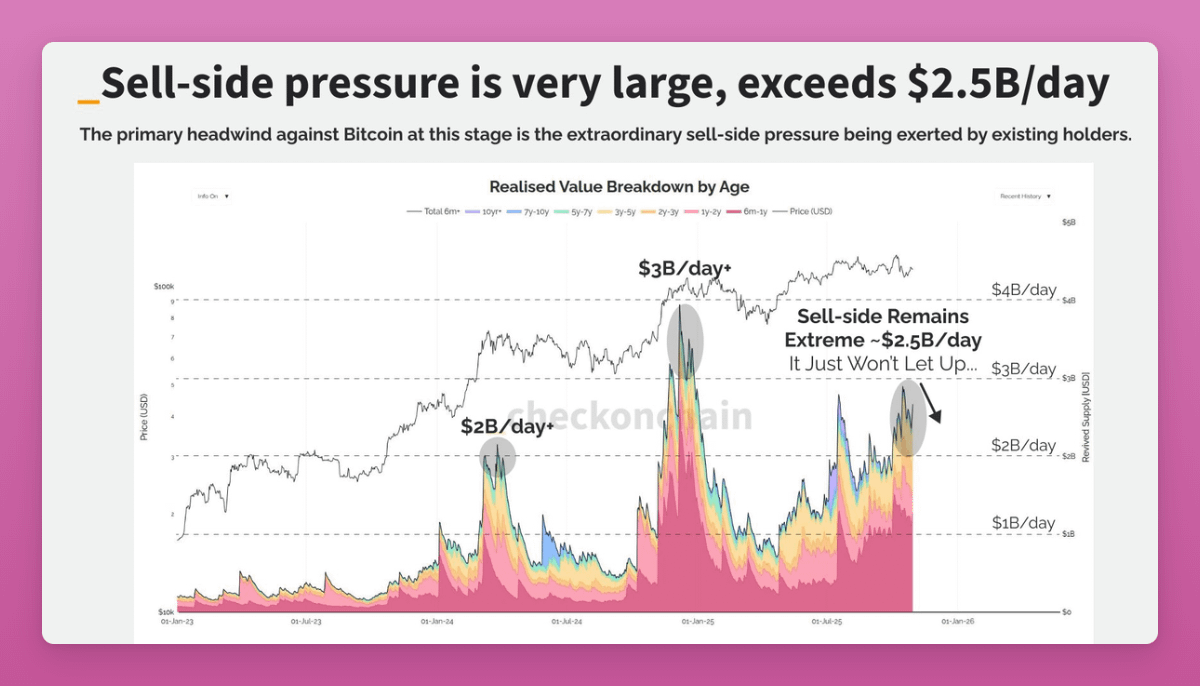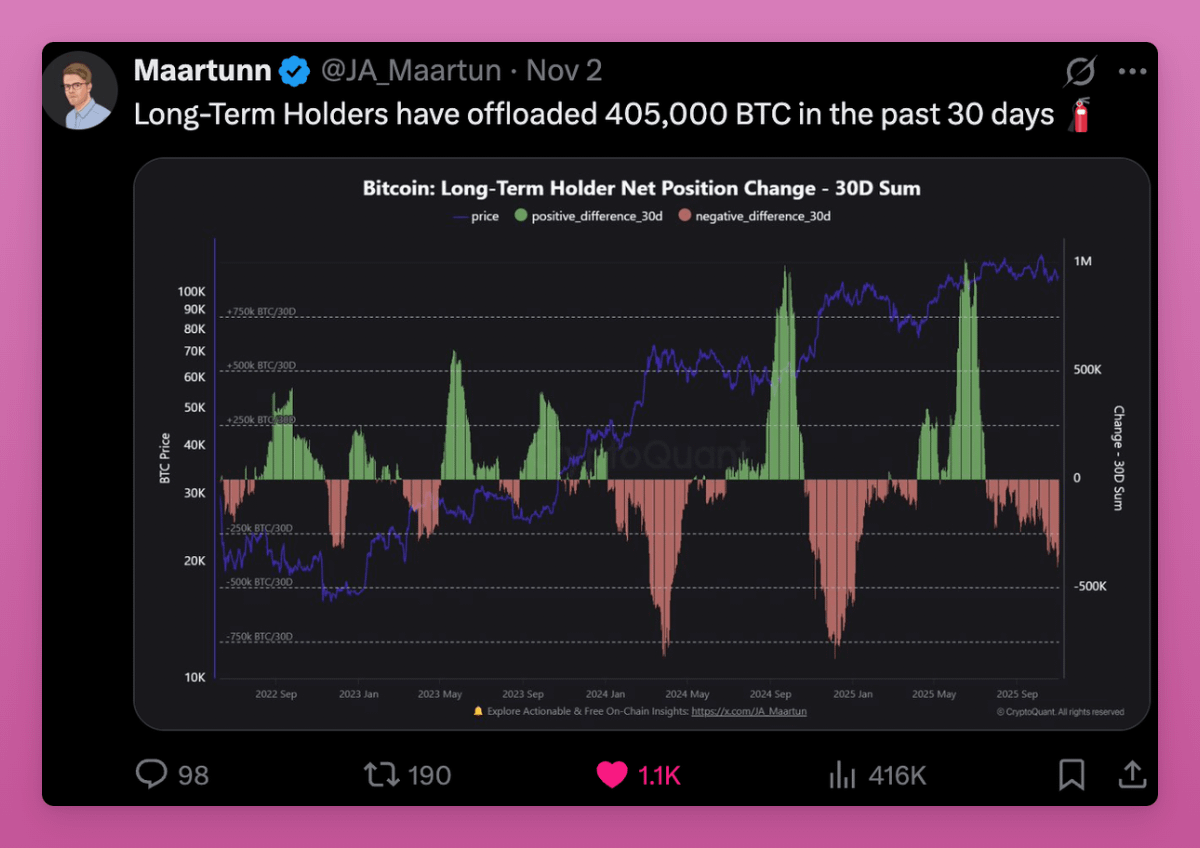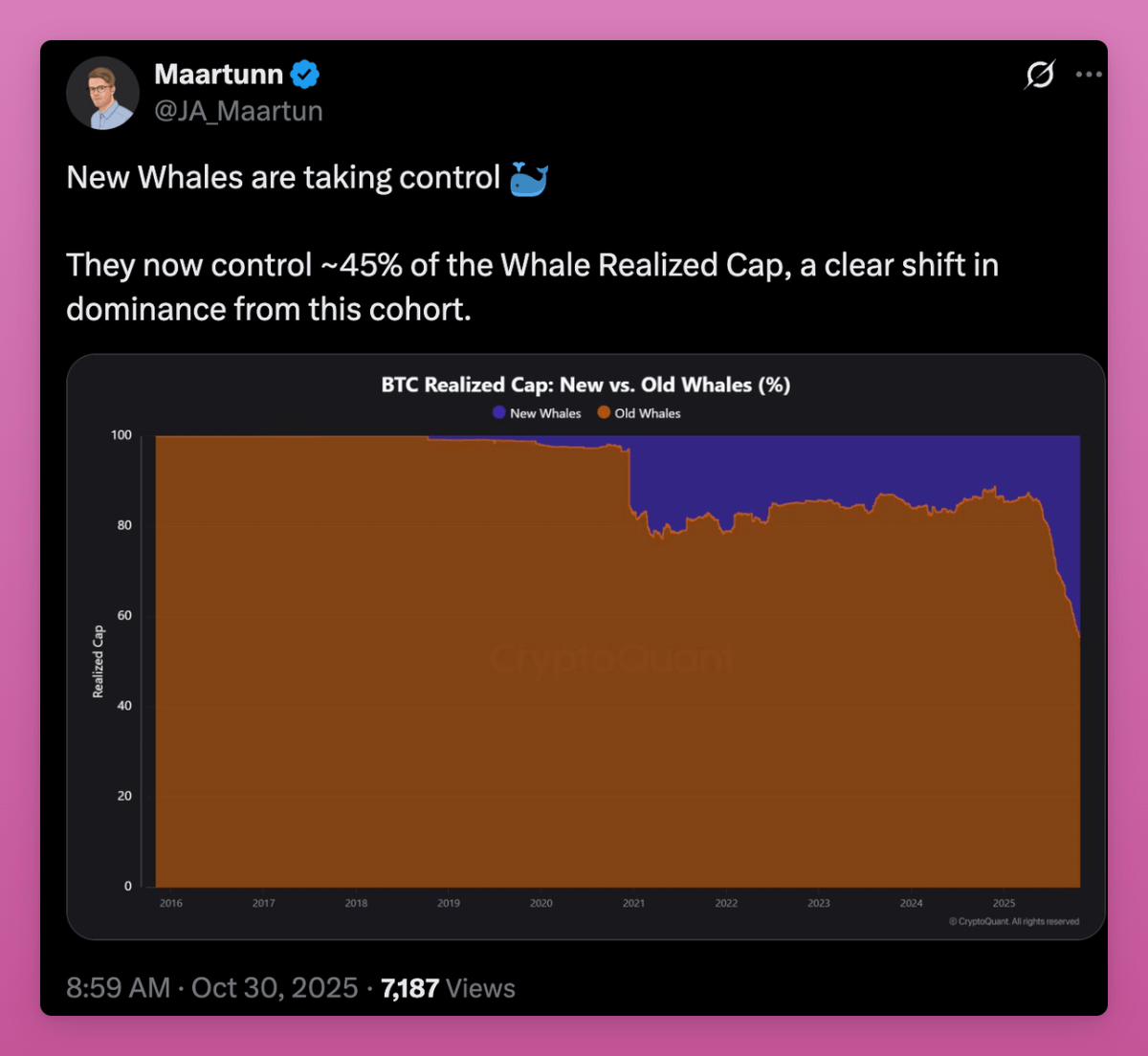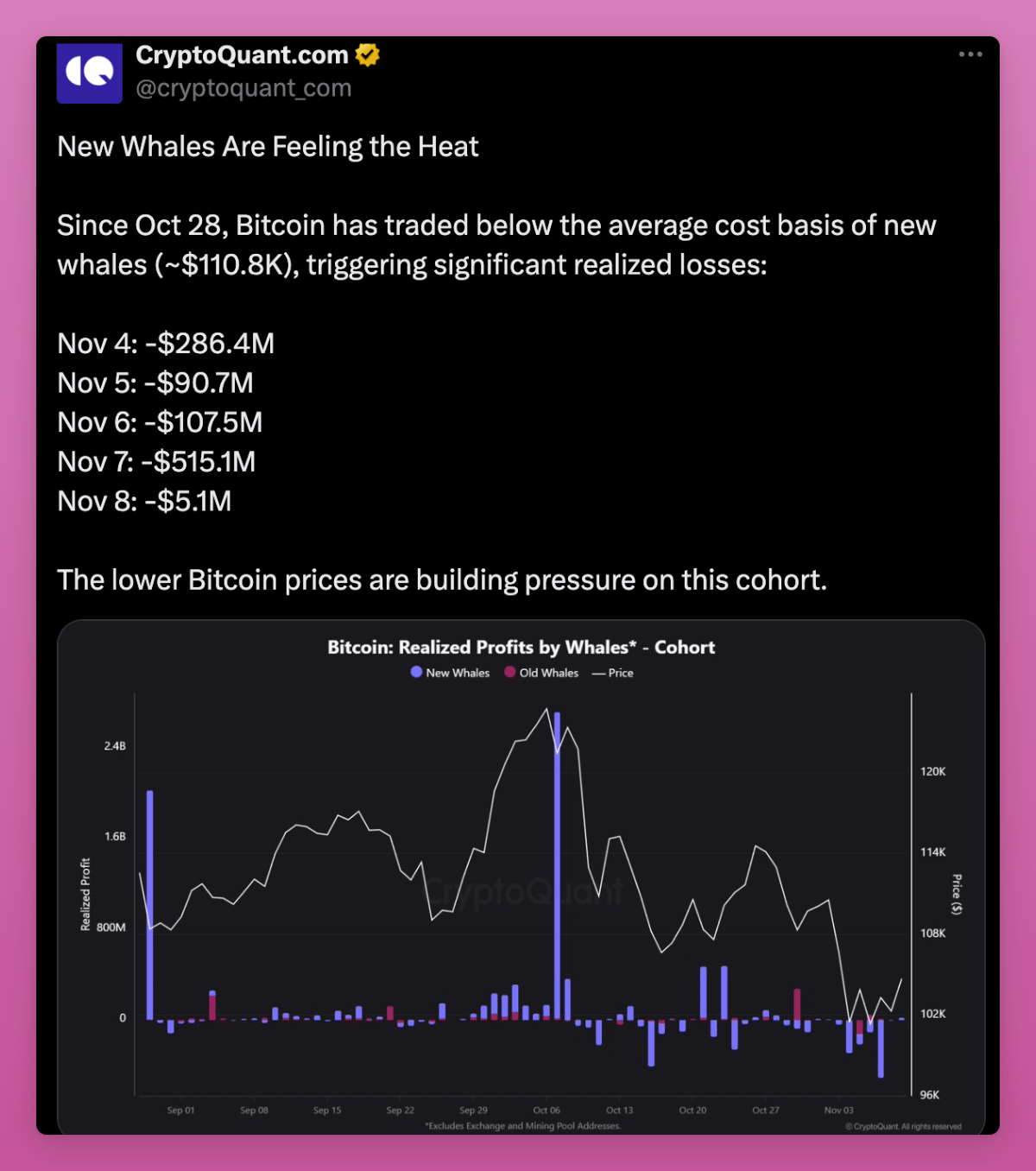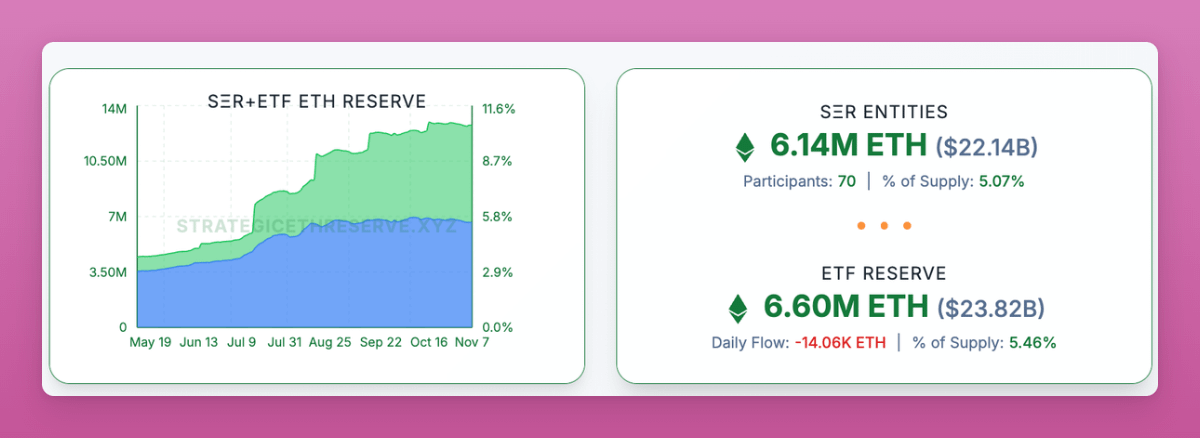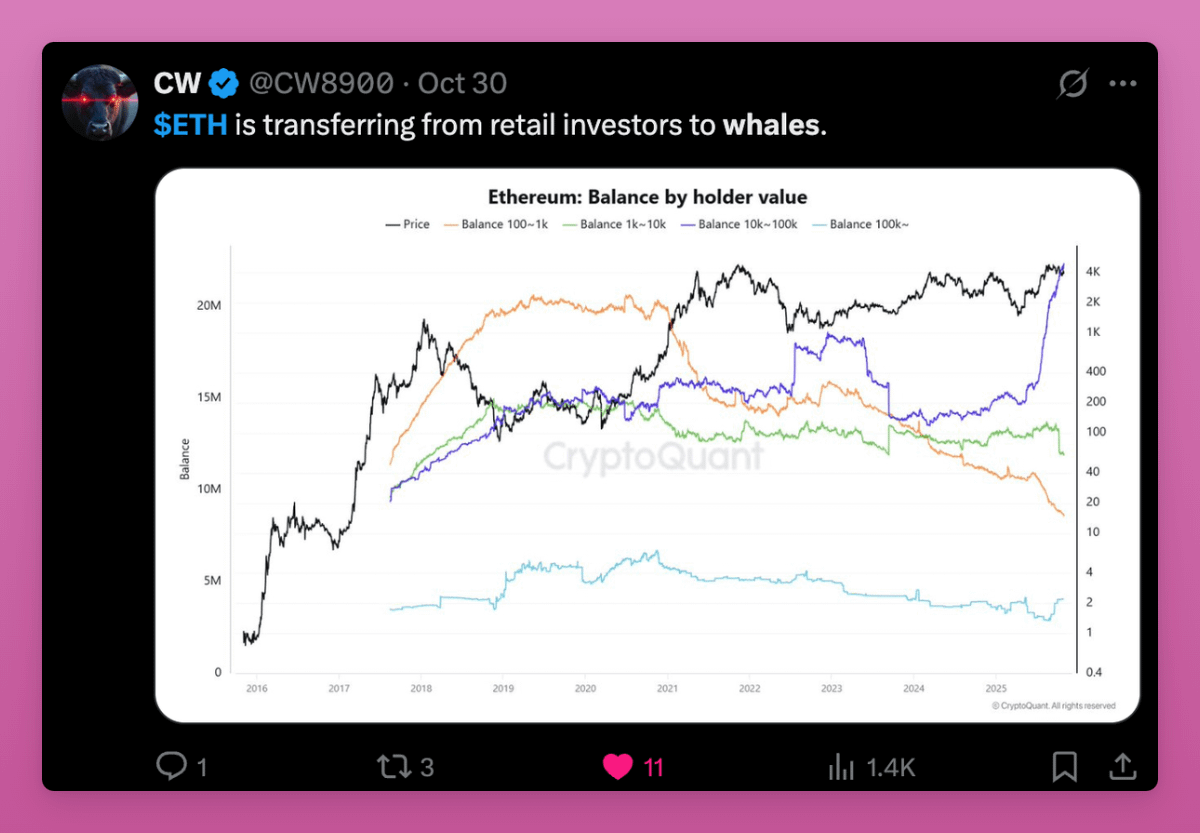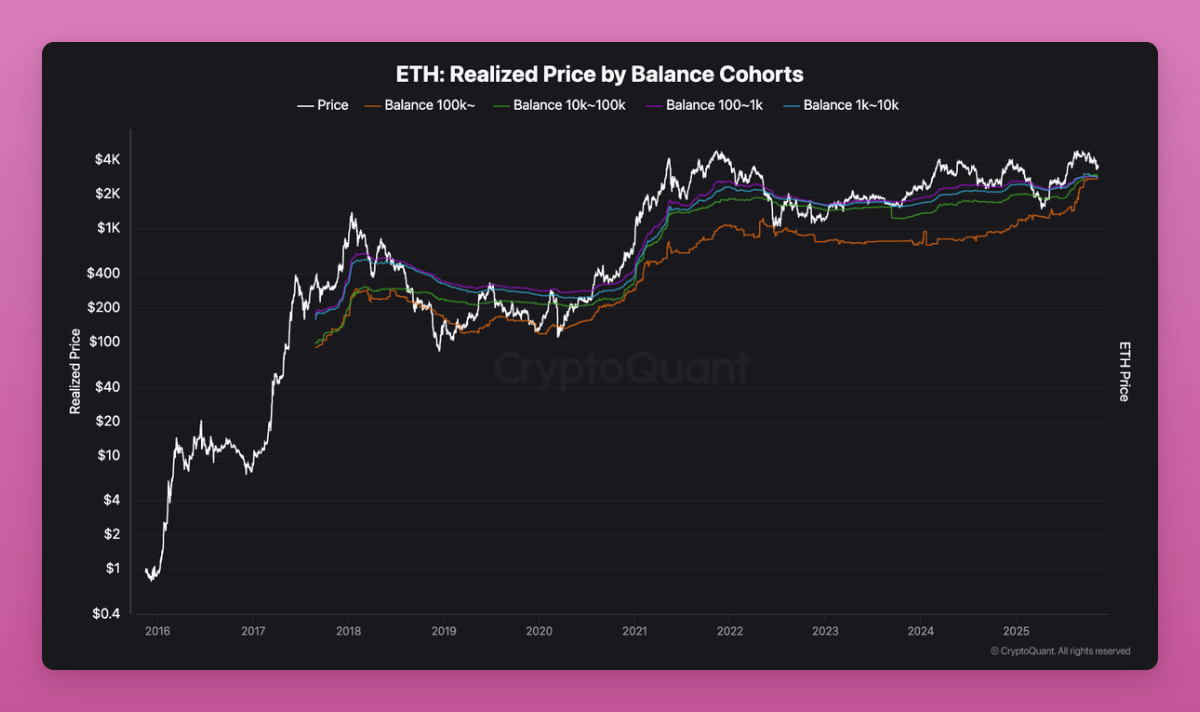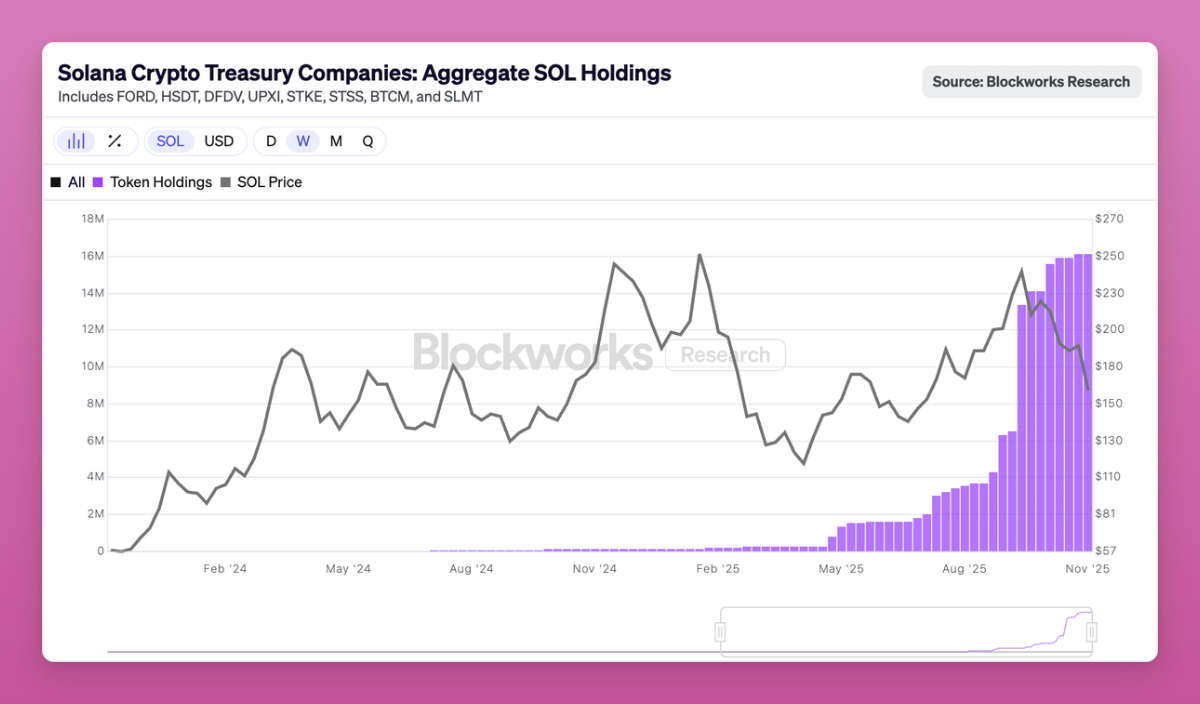The Great Rotation: BTC won. What Happens to ETH, SOL and Alts?
How crypto’s classic rotation broke down this cycle
Long time no see.
I feel validated for my thesis why crypto underperformed other sectors for a year now.
Perp DEXs are at the top of my airdrop opportunities right now.
Hyperliquid, Ligther, and now Variational are my top picks.
The best part? We are early:
It’s pre-points season
Raised $10.3M in seed funding in 2024 by Bain Capital Crypto, Coinbase Ventures, Dragonfly Capital etc.
Zero trading fees
The app is in private beta. You’ll need a referral code to join.
Start making early volume before the points system goes live.
👉 Go to Variational page here.
👉 Enter my code OMNIIGNAS to start
Only 100 invites available with my code (yes, I asked them to give me more!)
In the previous post I called it “The Great Rotation” but I’ve seen few detailed sources clearly explaining the implications of it. As Ray Dalio might say, this phenomenon has occurred many times in other industries but has never happened in the lifetime of crypto.
It’s a TradFi guy Jordi Visser explained it best: (Must read it)
TL;DR, BTC won and early BTC believers are realizing gains.
This is not panic selling but the natural transition from concentrated to distributed ownership.
Among all the onchain metrics one can follow, the signal is the selling by whales.
Long-term holders sold 405k BTC in just 30 days. 1.9% of all BTC in existence.
Take Owen Gunden, as an example.
Owen Gunden is one of the OG Bitcoin whales. He traded size on Mt. Gox, built a huge position and was on the LedgerX board. His linked wallets held more than 11k BTC, which puts him among the largest individual holders onchain.
Recently his wallets started sending large amounts of BTC to Kraken. He moved thousands of coins in a few batches, which usually means selling. Onchain analysts think he may be preparing to unload most of his stack, more than $1B worth.
There is no tweet from him since 2018 but the move fits my thesis of the Great Rotation. Some are rotating into ETFs for tax advantages or selling for portfolio diversification (buying $ZEC?)
As supply moves from OG holders to new buyers, the unrealized profit price keeps rising. New whales now taking control.
You can see it in MVRV climbing higher as the average cost basis shifts from early miners to ETF buyers and new institutions.

Some may say this looks bearish because OG whales sat on huge gains for years while new whales sit on losses.
The average cost basis near $110.8k creating fears new whales might sell if BTC keeps lagging.
But rising MVRV shows ownership is spreading out and becoming more mature.
Bitcoin is moving from a few ultra low cost holders to a distributed base with higher cost basis.
Bullish.
Yet where does it leave alts?
Ethereum
BTC has won, but ETH…? Can we see the same Great Rotation pattern for ETH?
Like for BTC, it could partially explain the ETH price lag.
From the first view, ETH seems to have won too: both have ETFs, DATs and institutional interest, although of different nature.
Data suggests ETH is in a similar transition, just earlier and a bit messier.
In fact, ETH is already catching up with BTC in one important shift: ~11% of all ETH is now held by DATs and ETFs…..
… while BTC has roughly 17.8% held by spot ETFs and large treasuries. Considering years of Saylor buying, ETH is catching up quickly.
I tried to find data for ETH to verify if old whales are selling to new whales, similar to BTC, but couldn’t. I even reached out to CryptoQuant’s Ki Young Ju, who informed me that it’s difficult to do because ETH uses an account model, unlike Bitcoin’s UTXO model.
Anyway, it seems the major difference is ETH’s shift from retail to whales, while BTC’s main transition is from the old OG whales to the new whales.
This below also shows ETH ownership shifting from retail to whales.
The realized price of large wallets (100k+ ETH) is rising fast, meaning new big buyers are entering at higher prices while small holders are selling.
Notice how all the lines (orange, green, purple) now converge around the same level.
It means wallets of all sizes share a similar cost basis, a sign that old cheap coins have rotated into new hands.
This kind of cost-basis reset should happen near the end of accumulation cycles and before major price increase. Structurally, it shows ETH supply is consolidating into stronger hands.
Looks bullish for ETH.
This transition makes sense as:
ETH: Retail is capitulating while whales and funds accumulate due to 1) stablecoin & tokenization adoption 2) staking ETFs 3) institutional adoption
Retail saw ETH as ‘gas’ and lost conviction when other L1s appeared. Whales see it as yield bearing collateral and accumulate for long term onchain yield.
BTC won while ETH is still in a grey area, so whales are front-running institutional entry.
The ETF + DAT cocktail makes the ETH holder base more institutional but it’s unclear if they are more aligned with long-term growth.
Major FUD point is ETHZilla announcing selling ETH to buy back their share price. It’s not a reason to panic but a precedent has been set.
Overall, ETH fits the Great Rotation thesis. The structure is just not as clean as Bitcoin’s because ETH has a more diverse holder base, more use cases (like liquid staking into few large wallets), and more reasons for holders to move coins onchain.
Solana
Finding where Solana fits into this rotation was a pain. Even identifying team wallets or major holders is tough (I tried).
Still, some patterns appear.
Solana is entering the same institutional phase as Ethereum.
Spot ETFs went live surprisingly without any hype on CT last month in the US.
The flows are not super high ($351m in total) but every day has seen positive inflows.
A few early DATs also started buying SOL and numbers are quite impressive:
2.9% of all SOL in circulation now sits in DATs, accounting for $2.5B USD. You can read more on SOL DAT structure in this post by Helius.
So Solana now has the same investor TradFi infra that Bitcoin and Ethereum enjoy with regulated funds and corporate treasuries, just smaller in scale.
Onchain data is messy, but supply is still concentrated among early insiders and VC wallets.
Slowly, those tokens are moving into the hands of new institutional buyers through ETFs and treasuries.
The Great Rotation has reached Solana. It is just happening one cycle later.
So if BTC and to some extent ETH’s rotations are nearing the end and prices could pump anytime, SOL situation is less tricky to predict.
What’s Next?
As BTC matures first, ETH follows with a lag, and SOL will take even longer. So where does that leave us in the cycle?
In past cycles, the playbook was simple: BTC pumps, then ETH, and the wealth effect trickles down. Crypto natives took profits from majors and rotated into low-cap alts, lifting the whole market.
Not this time.
The cycle is stuck at the BTC stage. Even when BTC rallies, OGs either exit to ETFs or cash out to finally upgrade their lives outside the crypto casino.
No wealth effect, no spillover, just PTSD from FTX and the grind continues.
Altcoins stop competing with BTC as “money” and shift to competing on utility, yield, and speculation.
And most will fail these tests.
A few categories survive:
Chains with real usage: Ethereum, Solana, maybe one or two more
Products with cash flow or real value accrual
Assets with unique demand that BTC cannot replace (like ZEC)
Infra that captures fees and attention
Stablecoin & RWAs
Crypto native innovations, experiments, will pop up too, so I would not like to fumble the new hot thing.
But everything else becomes noise.
Uniswap fee switch is a pivot moment: they are not the first, but the most prominent DeFi protocol that puts pressure on all other protocols to follow and start sharing fees to token holders.
5 out of 10 lending protocols that already share revenue with holders.
As a result, DAOs become onchain corporations where tokens are valued on revenue they produce and redistribute.
This is where the next rotation will be.


